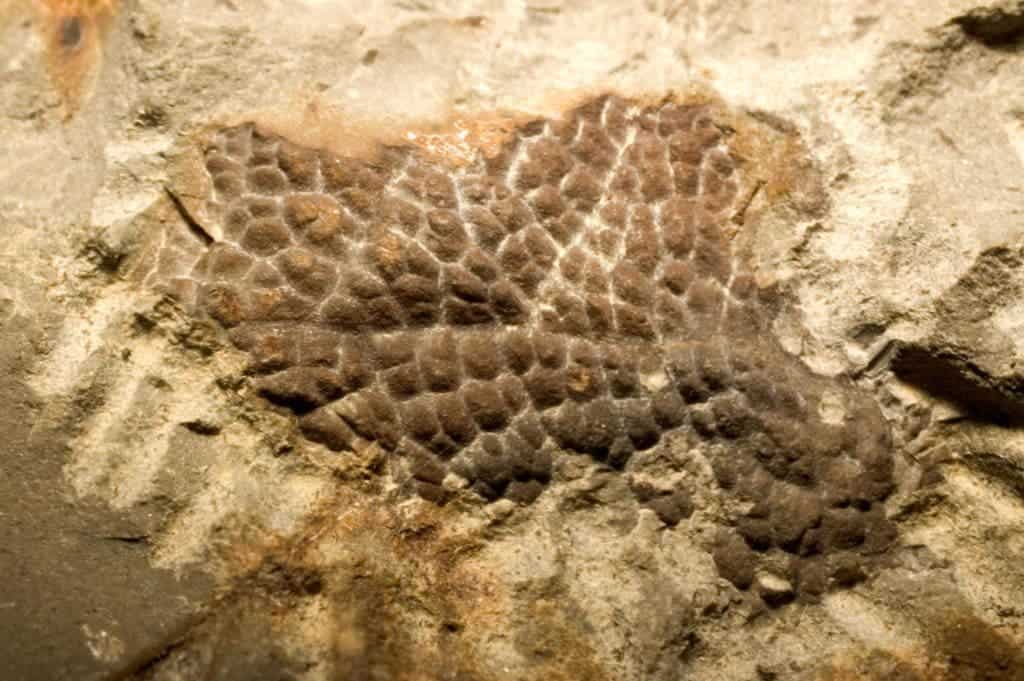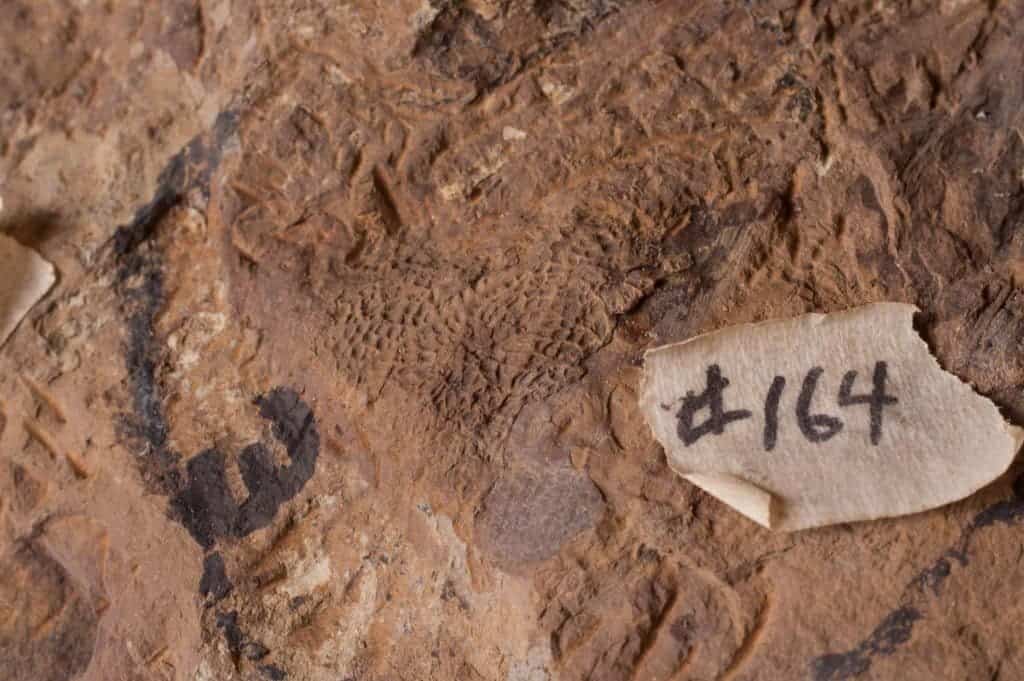Recent studies have cast some doubt on the general appearance of the Tyrannosaurus Rex; sure, it was a giant, hell-like predator, that’s for sure, but was it covered in feathers, scales, or did it have some kind of mix or transitional skin? Well, a new study restores the ‘traditional’ image of the T-Rex, concluding that the dinosaur was, at least mostly, covered in scales.
Petting a T-Rex

Scott Persons, a paleontologist at the University of Alberta, has been fascinated by dinosaurs since he was a little boy. Luckily, he was able to turn that fascination into a career, and now, in a study published in Biology Letters, he offers a valuable contribution to our understanding of dinosaurs. Persons and his colleagues analyzed newly-found skin impressions found in Alberta, Canada, not only from T-Rex, but also from other tyrannosaur species including Albertosaurus, Daspletosaurus, Gorgosaurus, and Tarbosaurus. They found several intriguing samples and identified a common pattern between them: all skin impressions had a texture riddled with small pebbly scales and not fuzzy plumage.
This contradicts previous studies, which found that T-Rex sported a rich feathery plumage. This new study doesn’t necessarily disprove that, it just seems to suggest that at least some (perhaps most) of tyrannosaurs were covered in scales.
“Now that we’ve found these multiple patches of preserved tyrannosaur hide from multiple places across the body, it looks pretty clear that at least the majority of the T. rex was not covered in feathers,” says Persons.
This also doesn’t mean that they were completely devoid of feathers, just that feathers weren’t the dominant feature on their skin. So if you were to pet a T-Rex (something which thankfully, you can’t), it would feel much like a reptile living today. You might or might not stumble upon some plumage, but mostly, it would just be scales.
A scaly situation

This raises an interesting question. We know that T-Rex’s ancestors developed feathers through evolution, why would T-Rex shed them? It seems counterintuitive to develop a feature and then shed it, only to re-develop it again.
Dr. Steve Brusatte, a paleontologist from the University of Edinburgh, who was not involved in the study, commented on this, telling the BBC that this might have happened due to the sheer size of the dinosaur. For instance, Asian elephants are hairier than African elephants, because they are smaller and live in dense forests, with dim sunlight. Just as the larger African elephants grew larger and shed some of their hair, this might also be the case with T-rex and its ancestors.
“But I don’t think we can assume that T. rex lacked feathers just because some fossil skeletons have skin impressions that are scaly,” he added. “It takes inconceivable good luck to preserve feathers in fossils. Just because we don’t see them doesn’t mean they weren’t there. So I don’t think we need to throw out the image of a big fluffy T. rex quite yet.”
Persons agrees with this possibility and says there might be a similar mechanism at work, with today’s mammals.
“If you think about really, really big terrestrial mammals today, like elephants, rhinos, hippos, and cape buffaloes, although they are not hairless, they are very much reduced in the amount of hair that they do have,” says Persons.
Journal Reference: Phil R. Bell, Nicolás E. Campione, W. Scott Persons, Philip J. Currie, Peter L. Larson, Darren H. Tanke, Robert T. Bakker — Tyrannosauroid integument reveals conflicting patterns of gigantism and feather evolution. DOI: 10.1098/rsbl.2017.0092
Was this helpful?



